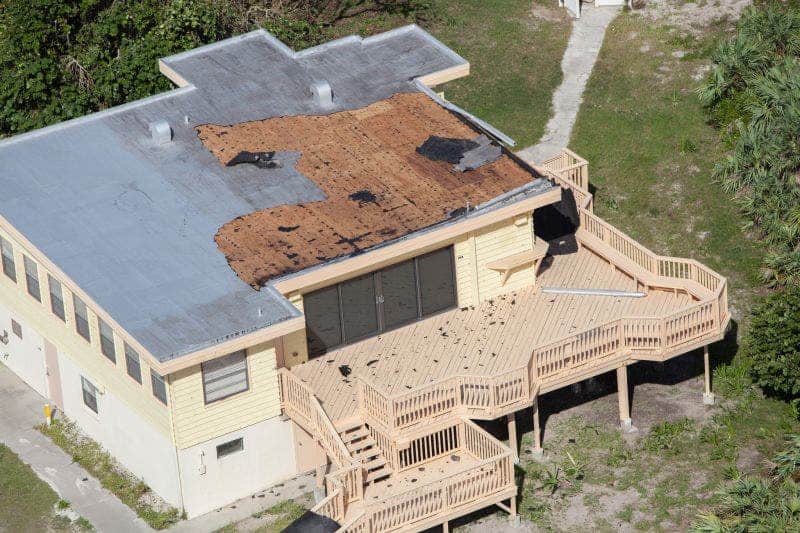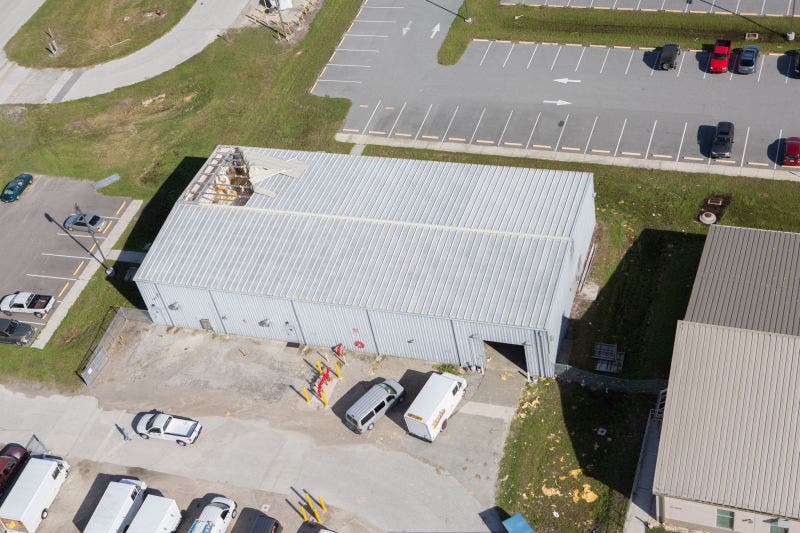Hurricane Matthew is putting on an unprecedented show, one that no one is safe from. NASA itself feared the worst from the hurricane, but thankfully, the damage done at Cape Canaveral seems minor.

Hurricane Matthew stuck within 20 miles of the space center, and the NASA facility along with the Cape Canaveral Air Force Station faced maximum sustained wind of 90mph. The station was completely closed off, and even now it is only partially open. Still, the space agency conducted investigations on the site and it says that while several buildings and vehicles were affected, the damage is only minor. Most importantly, the Vehicle Assembly Building, the Complex 39 launch pads, and the active launch pads at Cape Canaveral Air Force Station all seem to be in good shape.
The only thing NASA seems really worried about is beach erosion, which combined with strong storms and rising sea levels can, in time, threaten the site.

SpaceX also reported minor damage to its NASA setting. A SpaceX spokesman talked to Ars Technica, reporting “some damage to the exterior of SpaceX’s payload processing facility at Space Launch Complex-40,” but nothing too serious. Also, Tony Bruno, CEO of United Launch Alliance, tweeted that there was no damage.
Got in today to assess. Light to moderate damage to our facilities. No damage to any flight assets. https://t.co/s5JTZ0eZFK
— Tory Bruno (@torybruno) October 8, 2016
Elsewhere, Hurricane Matthew caused much more damage. At the moment, it is no longer considered to be a hurricane, but it can still be dangerous. Even as it heads out to sea, the storm is causing serious problems for the southeastern United States.






